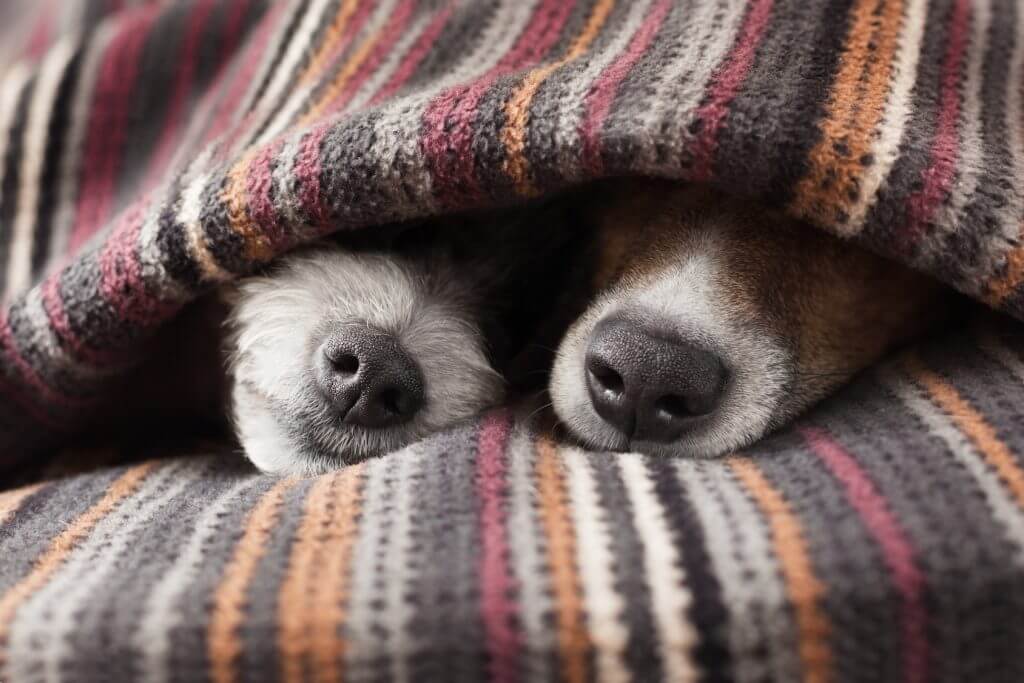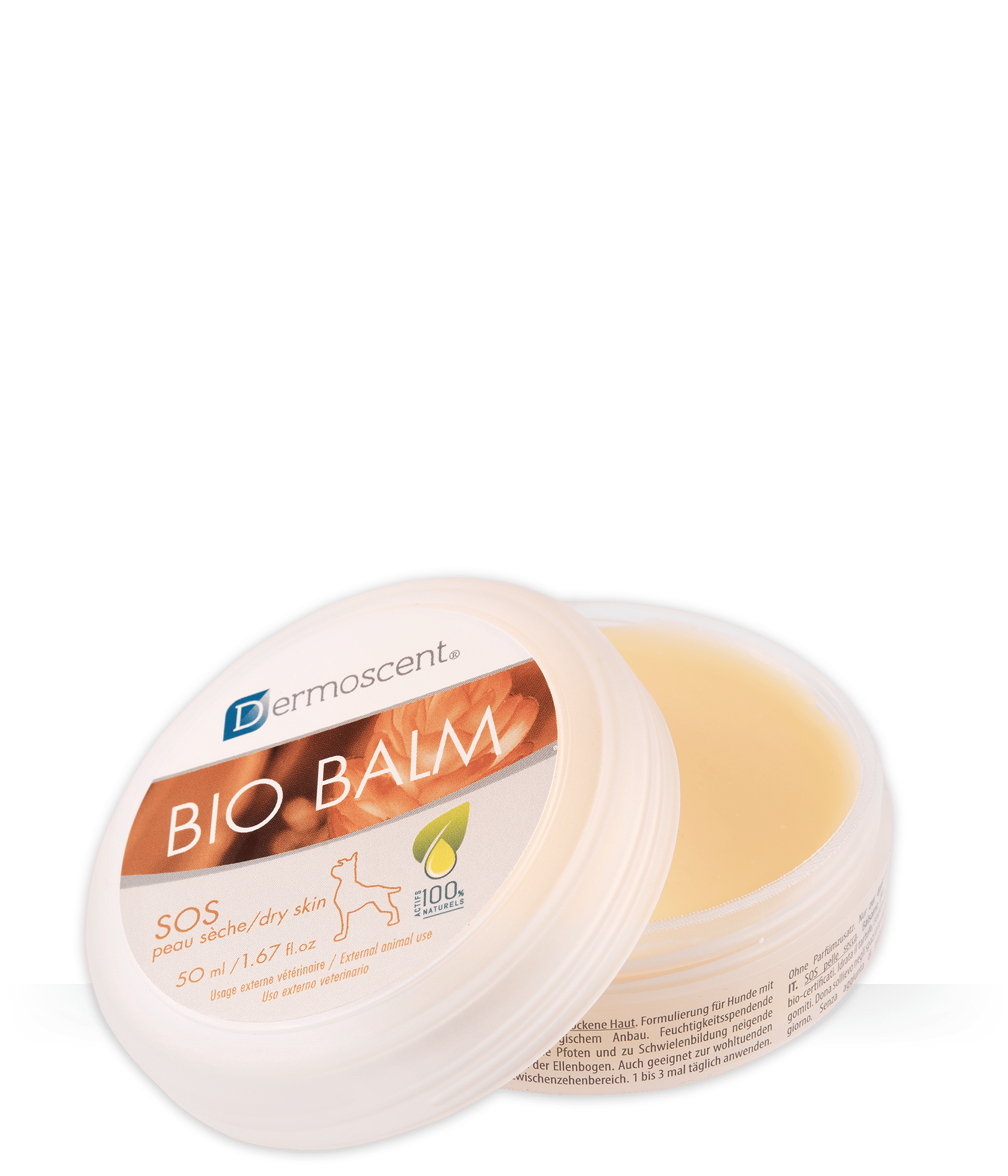Canine hyperkeratosis: a skin disease to be kept under close watch

Keratin is a protein, and the main component of hair, feathers, horns, claws, and beaks in most animals.
Canine hyperkeratosis is a skin condition in which excess keratin is produced, in particular in the nose and/or paw pads; causing skin thickening and hardening, sometimes to the point of cracking, thus leading to the emergence of secondary infections.
It is a progressive disease, which most often appears gradually, and can be a source of discomfort for the dog.
What are the causes?
The causes of hyperkeratosis vary, the most common being:
- Hereditary and genetic: “naso-plantar keratoderma” in the Dogue de Bordeaux and the Irish terrier, “nasal parakeratosis” in the Labrador… Generally, the condition can appear relatively early in life, between 4 and 9 months.
- Certain diseases:
- parasites (leishmaniosis)
- infectious (canine distemper)
- auto-immune (pemphigus foliaceus)
- food: (zinc deficiency)
- Age:
- Age-related canine hyperkeratosis: the skin thickens with ageing, contrary to what happens in humans, especially at the pressure points, hence the formation of calluses.
- Hyperkeratosis of the paw pads associated in older dogs with a chronic liver disease or pancreatic tumor (hepatocutaneous syndrome)
What are the symptoms?
Hyperkeratosis lesions mainly affect the nose and paw pads, more rarely other parts of the body (edge of the ears, skin of the stomach, friction areas, calluses, etc.). The nose can thicken, lose pigmentation, and sometimes develop crusts, giving it a dry and rough appearance. The skin can in some cases crack, causing bleeding.
The paw pads become thicker, rougher and sometimes harder. In some cases, the thickening may be quite dramatic. The local inflammation and very frequent cracking are painful for dogs and can cause limping.
How to manage the condition
Local treatments are first needed in order to provide comfort and/or improve appearance of the nose and paw pads.
Locally, specially-formulated emollient ointments will soften the thickened cornea layer, and promote the penetration of other active ingredients. These include keratolytics (which soften and/or dissolve keratin) and moisturizing, decongestioning substances which will allow the skin to recover flexibility. On the nose, products are chosen for their rapid penetration and safety, as otherwise the animal may lick them off.
Frequent applications (two to three times a day) will help to result in a rapid improvement, followed by an application once daily, for maintenance and to limit recurrences.
Dr. Isabelle Mennecier, veterinarian

